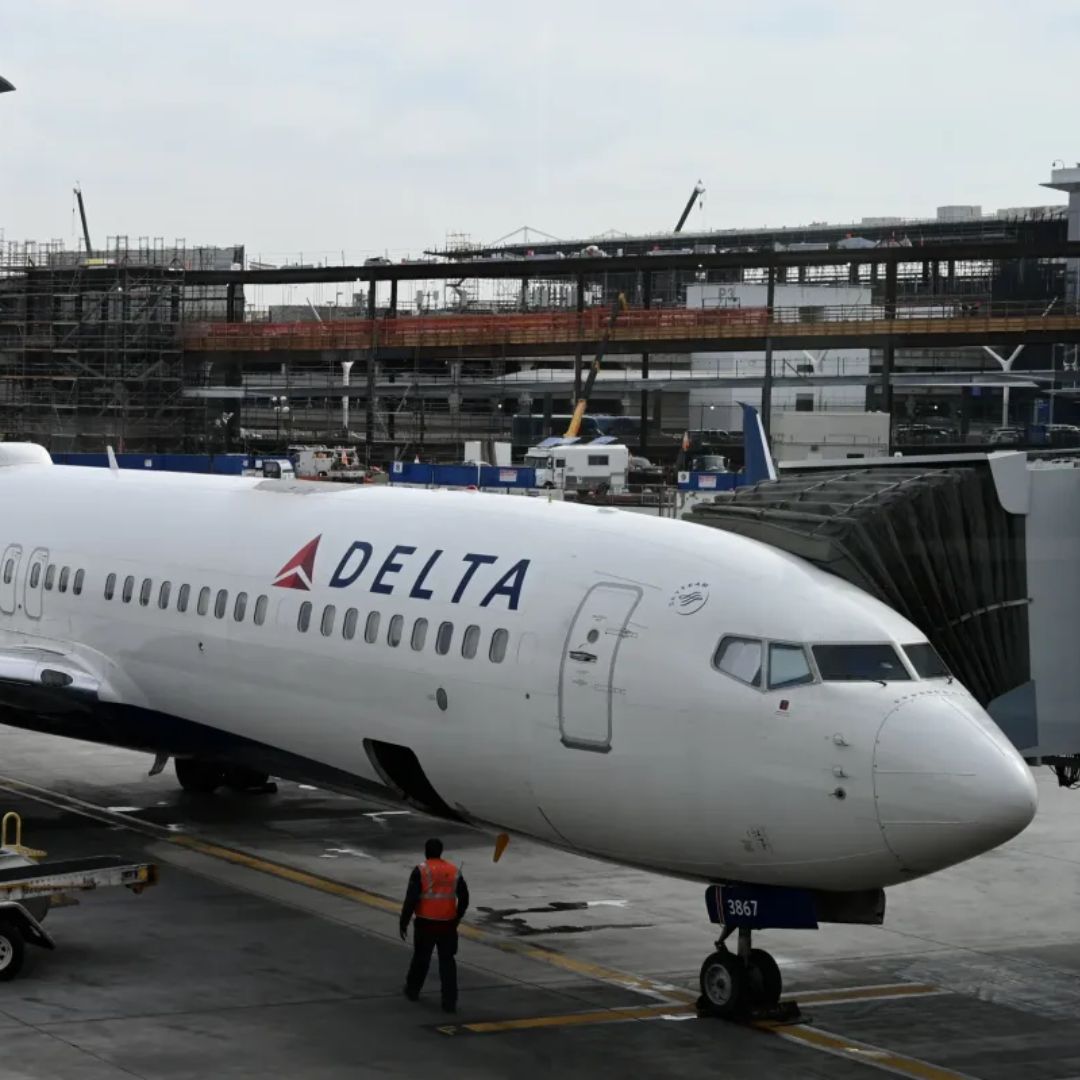Incident Overview
The Federal Aviation Administration FAA is investigating a Delta Airlines flight that was diverted back to Salt Lake City International Airport shortly after takeoff due to cabin pressurization problems. The flight, which was headed to Portland on Sunday, September 15, was forced to return just 15 minutes after departing. Delta confirmed that the Boeing 737-900 aircraft was unable to maintain proper cabin pressure above 10,000 feet.
Passenger Experiences
Although the oxygen masks did not deploy during the incident, several of the 140 passengers reported experiencing uncomfortable symptoms, including bloody noses, bleeding from the ears, and headaches. Thankfully, the flight returned safely to Salt Lake International Airport without further incident. Paramedics met the aircraft upon landing and attended to about ten passengers. Fortunately, none required hospitalization, and all were rebooked onto a different flight.
Delta Airlines Response
In a statement following the incident, Delta Airlines expressed sincere apologies to affected customers for the distressing experience. The airline took immediate action by grounding the Boeing 737 aircraft for inspection. Mechanics promptly examined the plane, and it was returned to service the following day after the technical issues were resolved.
FAA Investigation Protocol
The FAA is investigating a delta airlines flight due to a mandated inquiry into all cabin pressurization incidents. Airlines are required to file reports whenever pilots are compelled to take emergency actions during a flight due to aircraft system failures. According to FAA regulations, aircraft design must include stringent measures to maintain cabin pressure and provide adequate oxygen supplies for both crew and passengers in the event of a pressurization loss.
Pilot Training and Safety Procedures
In cases of cabin pressurization issues, pilots are trained to execute controlled descents to altitudes below 12,000 feet, as flights at these altitudes do not require supplemental oxygen. This protocol is vital for ensuring passenger safety and comfort during such emergencies.
Context of the Boeing 737-900 Model
The aircraft involved in this incident, the Boeing 737-900, is distinct from the newer MAX fleet, which had previously been under scrutiny earlier this year when an Alaska Airlines flight experienced a door plug failure during flight over Oregon in January. In light of this incident, the FAA has recommended more rigorous inspections of various Boeing models, including the 737-900.
Conclusion
As the FAA is investigating a delta airlines flight, the focus will be on understanding the causes of the pressurization failure and ensuring the safety of future flights. Delta Airlines has demonstrated a commitment to addressing passenger safety and operational integrity, reflecting the aviation industry’s ongoing efforts to enhance safety protocols and maintain high standards in air travel.







